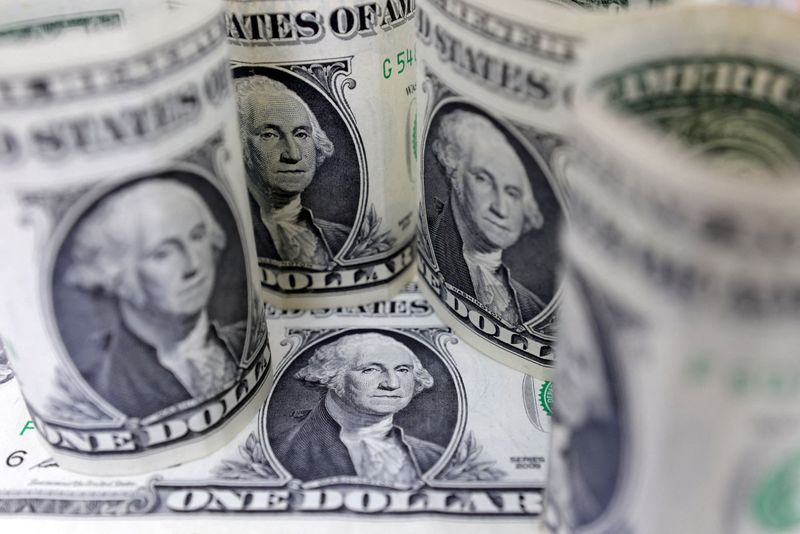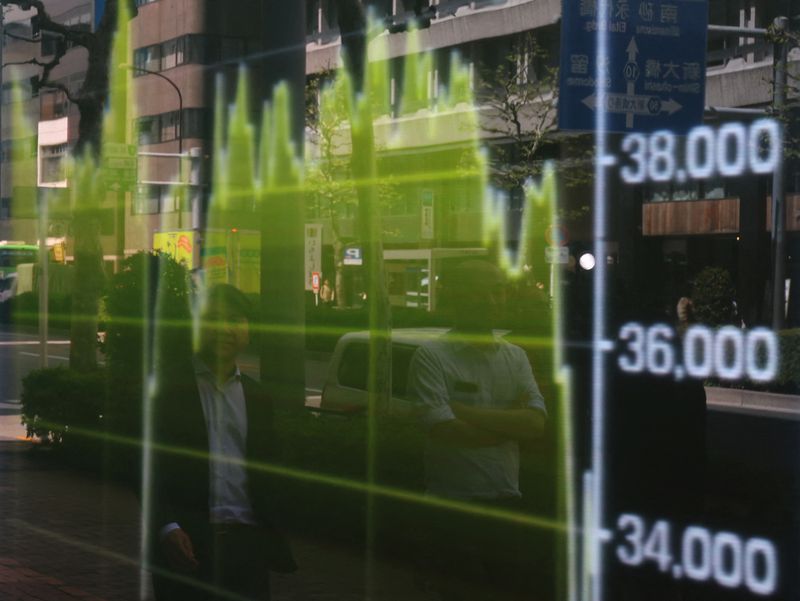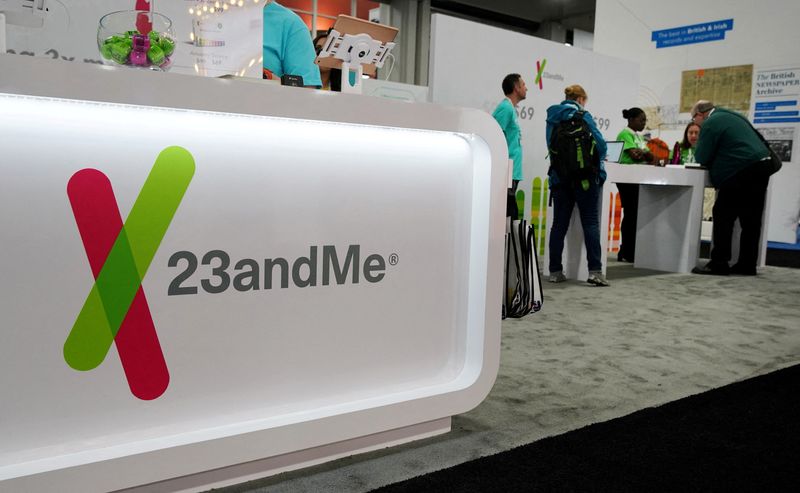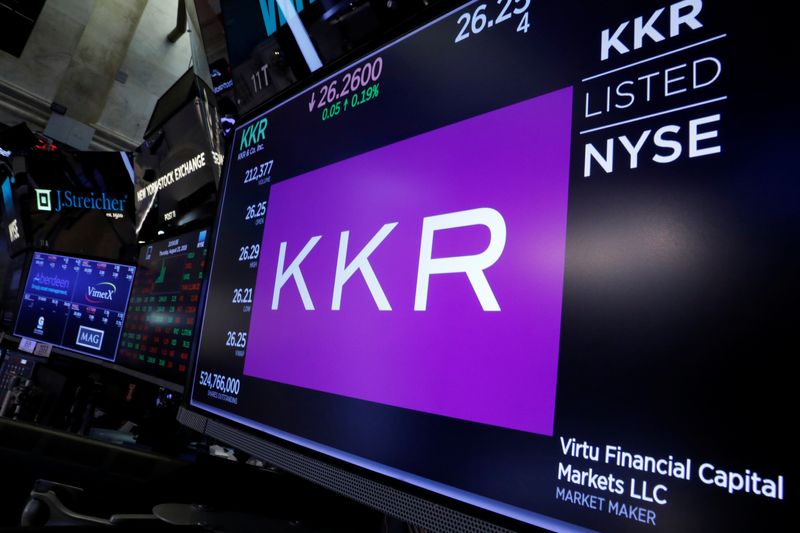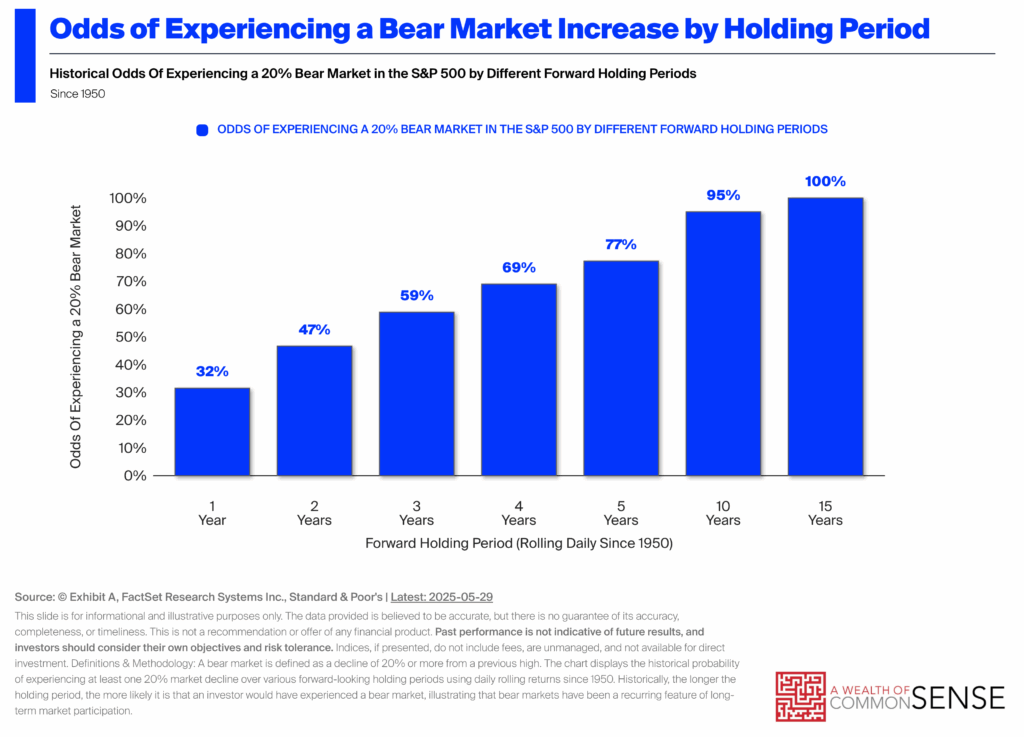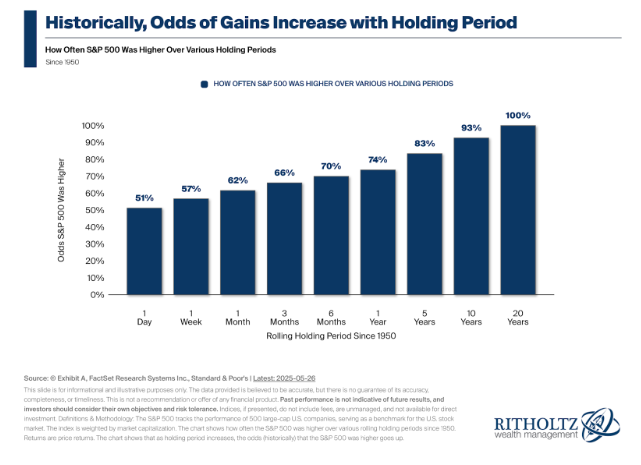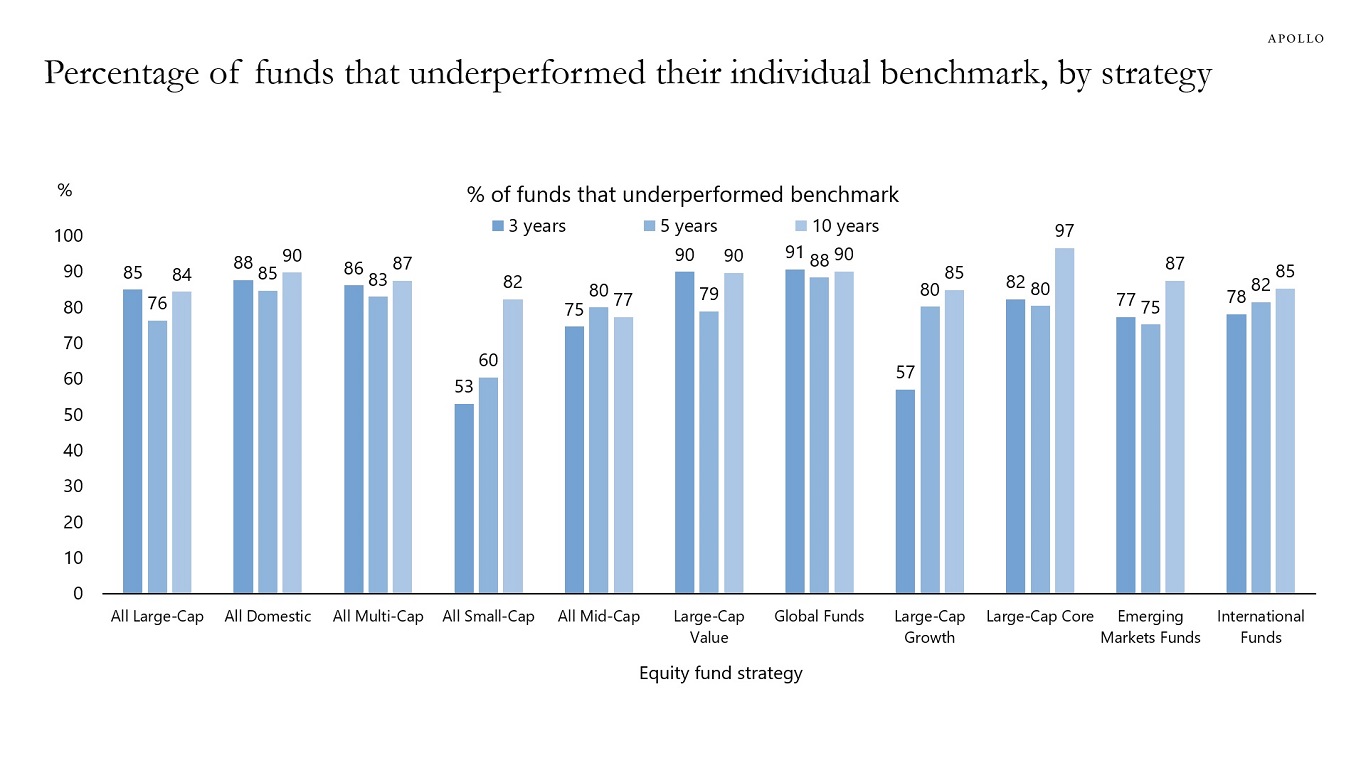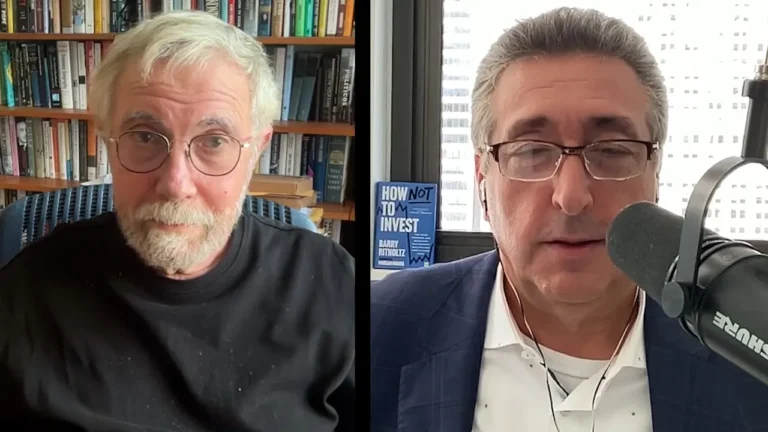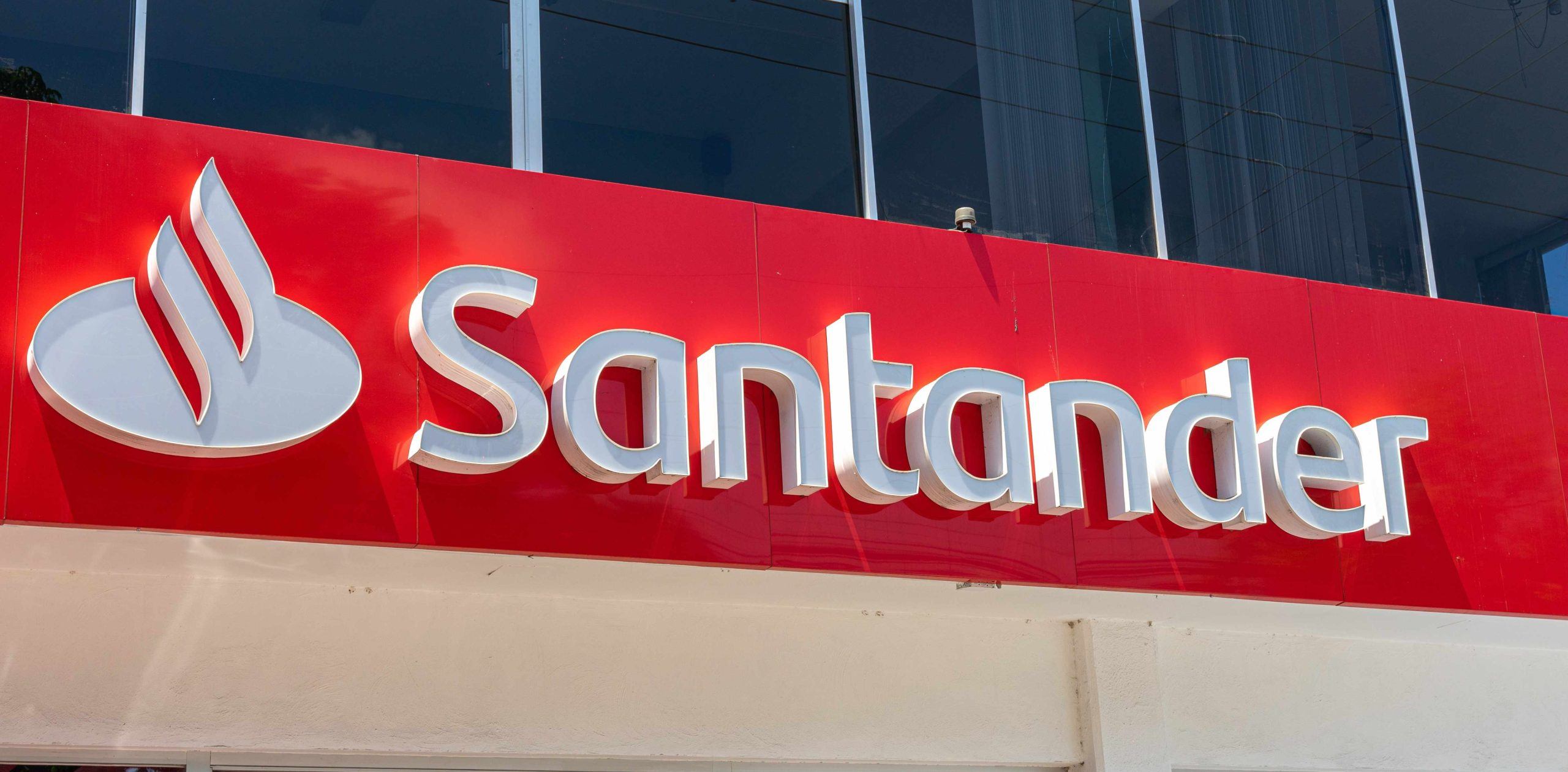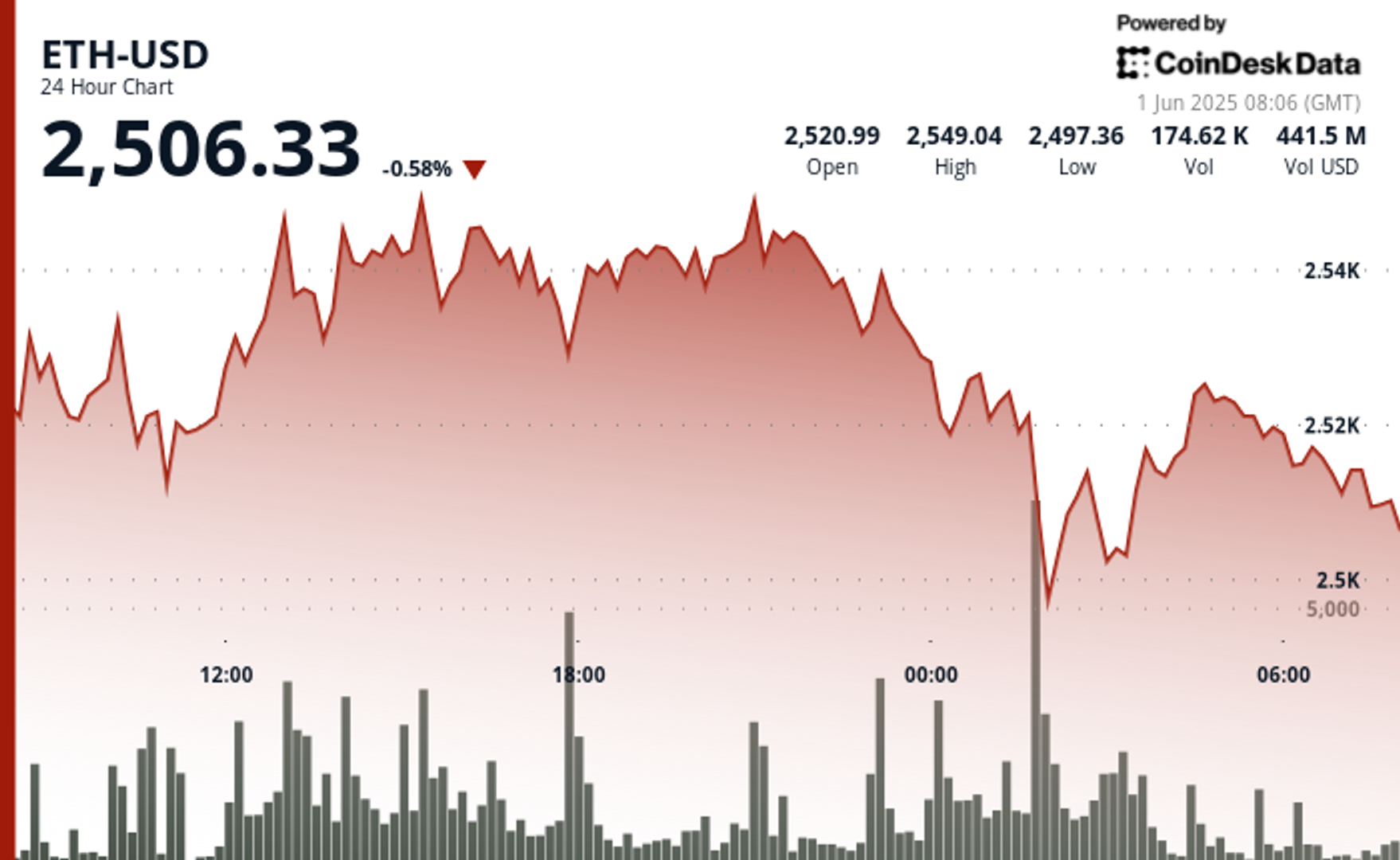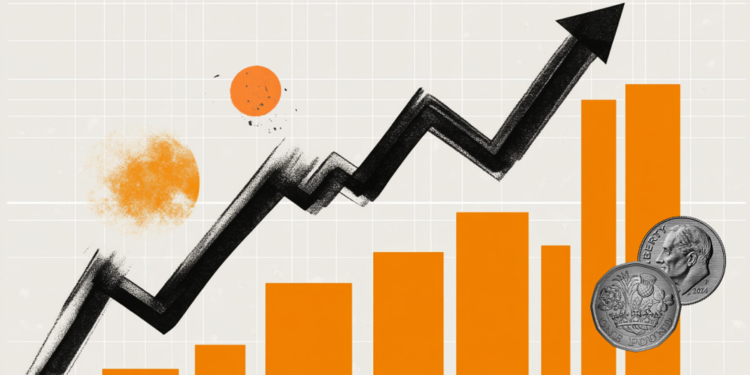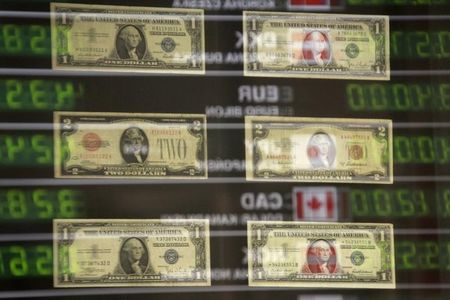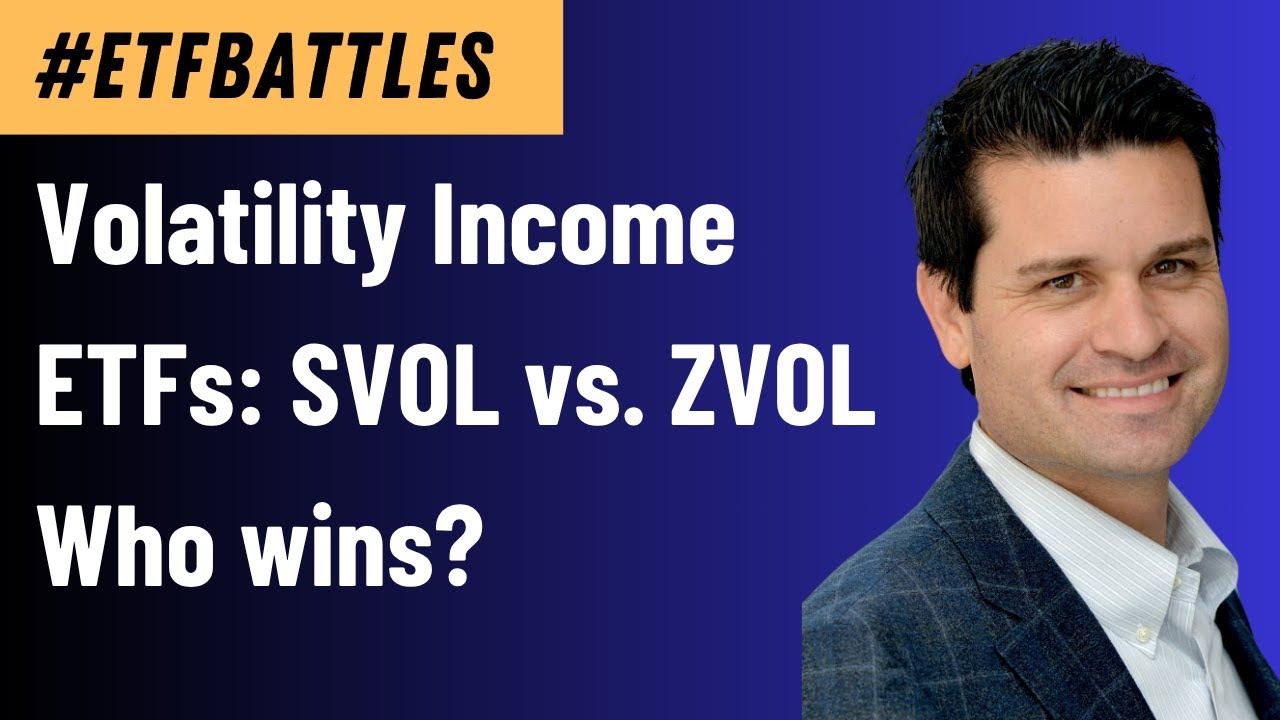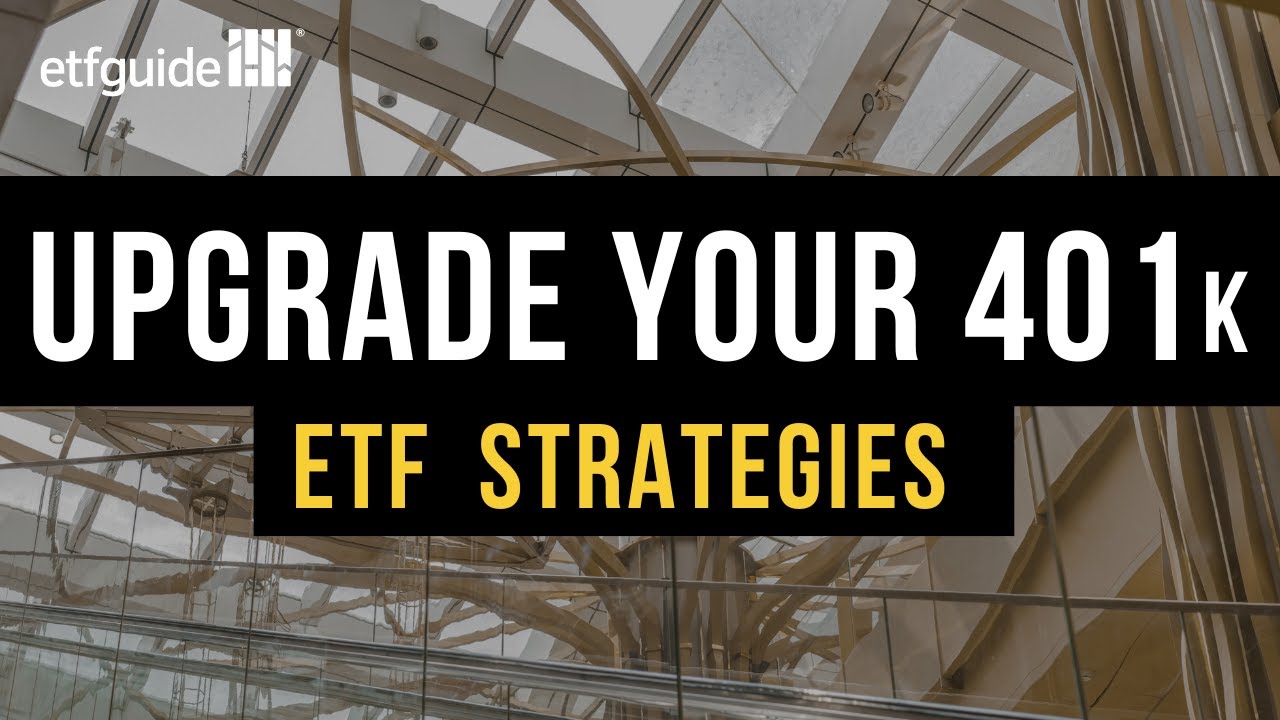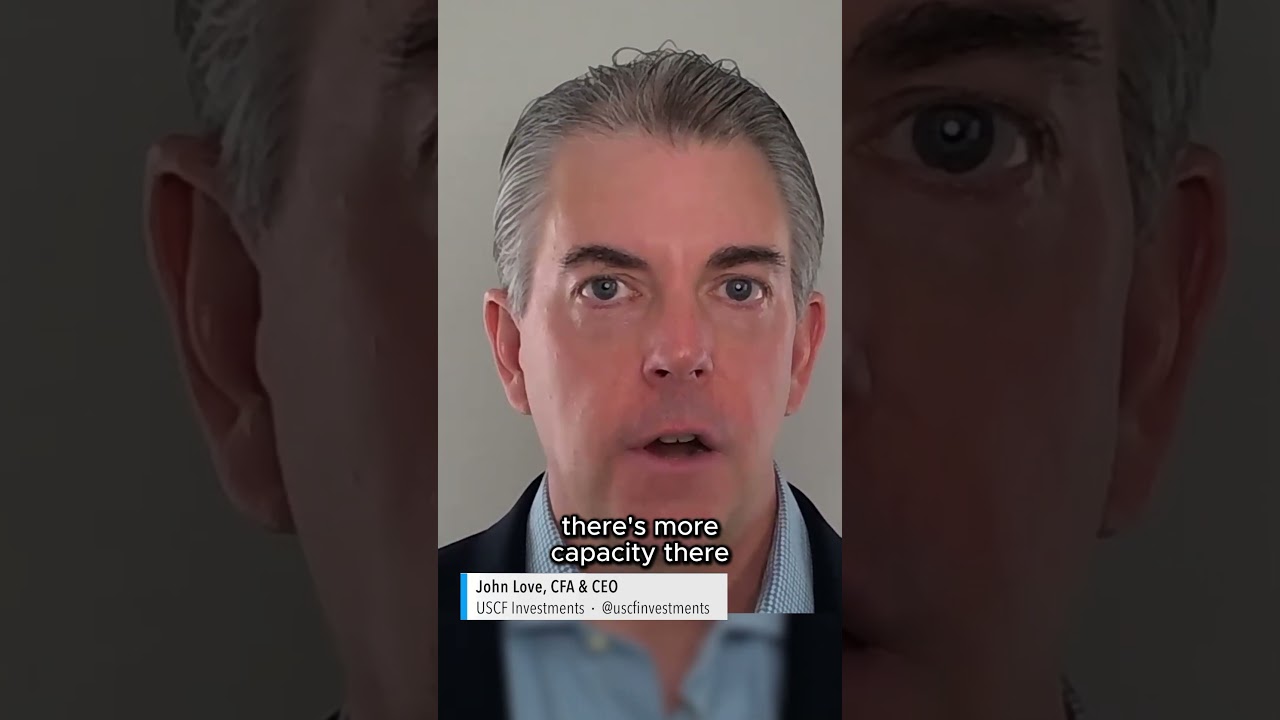I Used to Only Trust Traditional Savings Accounts, But These 3 Higher-Yield Options Changed My Approach
I’m a more conservative investor by nature. What that’s meant for me personally is that savings accounts play perhaps a larger role in my overall financial picture than other investors may be comfortable with. The general rule of thumb provided by many financial experts is to keep three to six months of salary in a […] The post I Used to Only Trust Traditional Savings Accounts, But These 3 Higher-Yield Options Changed My Approach appeared first on 24/7 Wall St..

I’m a more conservative investor by nature. What that’s meant for me personally is that savings accounts play perhaps a larger role in my overall financial picture than other investors may be comfortable with.
The general rule of thumb provided by many financial experts is to keep three to six months of salary in a high-yield savings account of some sort. That’s because such accounts are very liquid, and these funds are readily available (but also provide a reasonable return, as far as short-duration assets are concerned).
Key Points
-
The question of where to hold cash, in what accounts, and in which amounts, continues to be a focal point for many investors.
-
Here are some great options for investors looking to earn some yield on their capital which may be stashed away in low or zero-interest savings accounts.
-
Are you ahead, or behind on retirement? SmartAsset’s free tool can match you with a financial advisor in minutes to help you answer that today. Each advisor has been carefully vetted, and must act in your best interests. Don’t waste another minute; get started by clicking here.(Sponsor)
Indeed, balancing the return on investment one receives and the liquidity of one’s core holdings is important. Someone with six months of emergency savings locked away in bonds or certificates of deposit (CDs) may not be able to readily access the funds, or pay some sort of discount to withdraw funds early from such holdings.
That said, for those with a little extra capital who are looking for other places other than traditional savings accounts to park some cash for the medium-term, here are three great options I think are worth considering. After all, with so many traditional savings accounts offering near-zero (or zero) interest rates on one’s savings, earning something on one’s savings can be meaningful over the long-term.
Fixed Income/Bonds

I’ve long thought that the 60/40 portfolio (60% equities and 40% fixed income securities like bonds) is probably too old-fashioned for most investors.
However, there are some obvious benefits to holding some fixed income exposure in one’s portfolio. For one, these two asset classes tend to be negatively correlated over time (though that’s been in question in recent months). This means that during market downturns, it’s likely that one’s bond exposure may outperform relative to one’s stock holdings, helping to lessen the blow of how far stocks can fall in short amounts of time during shocks.
However, holding some short-duration bonds in one’s portfolio can also be advantageous to those looking to earn outsized yields for their liquidity needs. For the excess cash one doesn’t expect to need over the next three months, let’s say, buying some three month Treasurys can provide a yield of more than 4.3% at the time of writing. That’s far better than most high yield savings accounts, which offer interest rates that are typically in the high-3% range.
Other fixed income options in corporate and municipal bonds are also available, for those with varying goals. But given the ultra-low-risk nature of government bonds, holding some near-term T-Bills can be an excellent option for those seeking outsized yield over the near-term.
Private Equity and Private Credit

For investors looking to move a bit further out the risk curve, having some exposure to alternative assets like private equity and private credit can offer higher yields compared to traditional savings accounts or public investments.
Now, private equity/credit investing isn’t for everyone, and it’s a higher-risk space to hang out in, even over short-term periods of time. That said, it’s also true that this asset class has historically delivered annualized returns of around 10.5%, outperforming public markets over the long term.
So, for investors who already have their emergency funds handled, but want access to an asset class that can return double-digit yields over the medium-term, owning some short to mid-duration private credit or private equity exposure may be a decent option.
What’s interesting about this asset class is that it’s not as inflexible as others. Private credit has grown in popularity due to higher yields and flexible lending structures now available today. So, for investors looking for consistent income streams, this is an asset class that may be worth taking a flyer on (for those who are accredited and able to do so).
High Yield Stocks
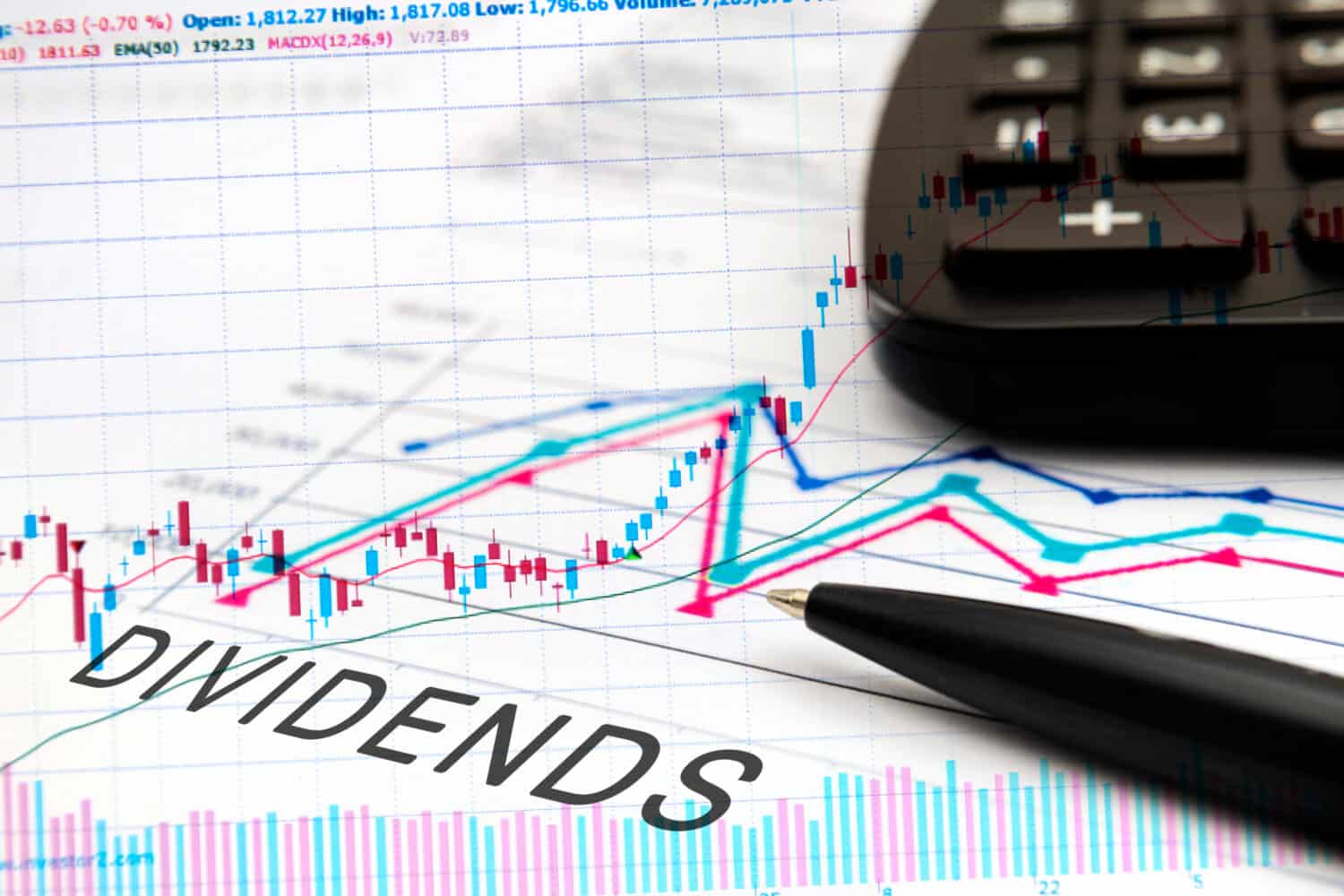
The equity markets continue to be my top choice for investing over the long-term. And given the capital appreciation upside equities have provided over the years, investors who have stashed some short to medium-term savings away in assets like high-yielding stocks have generally outperformed most other investors.
Dividend stocks are highly liquid and can be sold at any time. So, while there is certainly market-related risk to holding one’s savings (or even a portion of one’s savings) in such vehicles, it’s also true that sitting on a portfolio of income-producing stocks can allow an investor to either reinvest these funds or push them toward a secondary bucket of savings, which will pile up on its own over time.
There are plenty of great high yield options available to dividend investors in the market. My suggestion would be to check out these three here.
The post I Used to Only Trust Traditional Savings Accounts, But These 3 Higher-Yield Options Changed My Approach appeared first on 24/7 Wall St..
